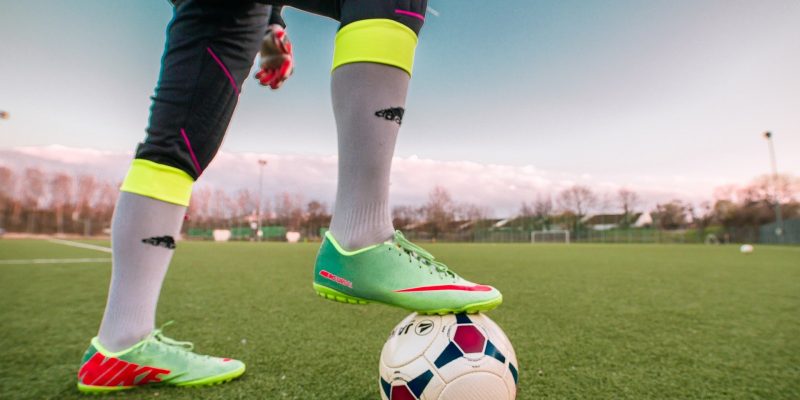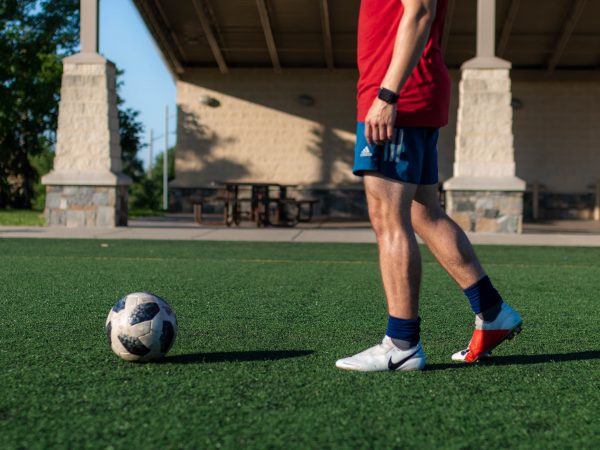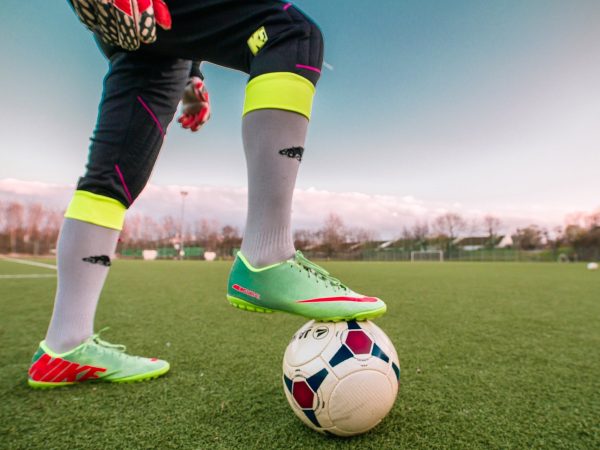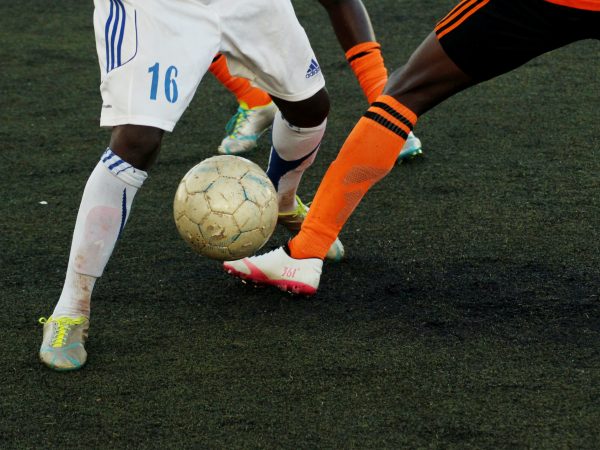
Football Regulations
THE OFFSIDE REGULATION
The offside rule is a simple concept, but it’s easy for players and linemen to evaluate, which is why offside decisions are regularly discussed by pundits and on highlight shows.
The simple rule
The simple rule is that a player is ruled offside if his or her head or feet are beyond the last defender and interfering with play.
Below are some diagrams to help you understand the offside rule. In Situation #1 (top left), the red player is positioned between the last defender and the goalkeeper. He’s on the incorrect side of the field, as evidenced by this. Despite the fact that the red player picks up the ball behind the last defender, he is initially in an onside position in the second scenario (top right). Running onto the ball is perfectly okay.
If the ball is kicked and bounces off a defender or a post, it must fall in front of a new attacker who was onside at the moment the ball was kicked. He is allowed to stray offside when the ball is flying through the air because his initial location for that play is onside.
An attacker can be clearly offside and still not be penalised if a defending player in clear control of the ball passes improperly and the attacker obtains control of the ball.
There are a few laws regarding being offside, which makes this a difficult topic among pundits and is why many people urge for video referees to help referees make the best decisions on the field.
There is no offside during a corner kick, a throw-in, or a goal kick.
A player cannot be offside while he is in his own half or on the half-way line.
When deciding offside, referees only look at your head and feet because these are the only parts of your body that can score.
Offside players
Offside players that do not interfere with the game are not penalised.
When a player obstructs other players or looks to be a passing option, defenders and goalkeepers’ attention is diverted away from the main attacker.
Substitutions are a great way to change up the game by removing one of your players from the field and replacing them with a new one. If you see one of your players isn’t performing at his best, you can modify game plans accordingly. A player, however, is unable to return to the field once he has left it. It is not necessary to replace a player with another who plays the same position. If you wish to start pressing for a win, take off a defence and replace it with an aggressive player.
You cannot possibly want to continue the game without a goalkeeper if your goalkeeper is injured or receives a red card and is sent off, thus you should substitute an outfield player for your backup goalkeeper.
The two types of free kicks are indirect and direct free kicks. From a dead ball situation, a straight free kick allows you to take a straightforward shot at goal. When using the indirect method, you must first touch the ball before shooting towards goal. Risky play, impeding an opponent’s movement without making physical contact, and using abusive language are all offences that could result in an indirect free kick.
Indirect free kicks are awarded inside the penalty area, which is an unusual and rare technique for free kicks to be awarded. Every foul does not necessarily result in a penalty. The most obvious example is when a defender passes the ball back to his goalie using his hands instead of his feet. If a goalkeeper holds the ball in his hands for more than six seconds, a free kick in the area may be given.
A drop ball might happen when there is an injury on the pitch. Collisions cause the majority of injuries, which nearly invariably result in a free kick or penalty. This does not always happen, as the ball could be halfway down the field before the rest of the team realises. In that case, it is recommended that the player in possession kick the ball out of play so that the injured person can obtain medical attention. Keep in mind that this is a gesture of goodwill rather than a legal duty, so don’t expect the player to kick the ball out. When one of their own players is wounded, an attacker may still go for the goal in the hopes of scoring and freeing up time to tend to the injured teammate.
The team that was not in possession when the ball was put out of play kicks the ball back beyond the half-way line, letting the attacking team to restart their attack.










